24-hour hotline:+8613662168047
Keyword search: battery plant , lithium battery factory , power bank works , lifepo4 battery mill , Pallet Trucks LiFePO4 Battery, LiFePO4 Pallet Trucks Battery, Lithium Pallet Trucks Battery,
The purpose and basic principles of battery design
Battery design is based on the requirements of instruments and equipment, providing them with the best performance working or power supply. Therefore, battery design must first meet the usage requirements of electrical appliances and be optimized to achieve the best comprehensive performance, in order to determine the parameters of the battery's electrodes, electrolytes, separators, shells, and other components, and combine them reasonably to make a battery or battery pack with certain specifications and indicators.
Design requirements for batteries
Battery design is carried out to meet the requirements of the object (user or instrument equipment). Therefore, before conducting battery design, it is necessary to first have a detailed understanding of the object's requirements for battery performance indicators and usage conditions, generally including the following aspects:
The working voltage of the battery;
The working current of the battery, namely the normal discharge current and peak current;
The working time of the battery, including the continued discharge time, service life or cycle life;
The working environment of the battery, including the state and ambient temperature in which the battery operates;
The maximum allowable volume of the battery.
At the same time, consideration should also be given to: material sources; Battery performance; Determinants of battery characteristics
Battery technology; Economic indicators; Environmental issues and other factors;
Key indicators of battery performance:
Battery performance is generally evaluated through the following aspects:
(1) Capacity: Battery capacity refers to the amount of electricity that can be obtained from the battery under certain discharge conditions, which is the integral of current over time. It is generally expressed in Ah or mAh and directly affects the maximum working current and working time of the battery.
(2) The discharge characteristics and internal resistance battery discharge characteristics refer to the stability of the working voltage, the height of the voltage platform, and the high current discharge performance of a batch battery under a certain discharge system. They represent the battery's ability to carry load. The internal resistance of batteries includes ohmic internal resistance and electrochemical polarization internal resistance. When discharging at high current, the impact of internal resistance on discharge characteristics is particularly clear.
(3) The working temperature range includes the working environment and usage conditions of electrical appliances, which require batteries to have good performance within a specific temperature range.
(4) Storage performance After storage for a period of time, the battery performance will change due to some factors, resulting in self-discharge of the battery; Electrolyte leakage; Short circuit of battery, etc.
(5) Cycle life (secondary battery) refers to the number of cycles a secondary battery undergoes when its performance is reduced to a certain level (such as 60% of its initial capacity) after charging and discharging according to a certain system.
(6) Internal pressure and overcharging resistance (secondary batteries) are related to sealed secondary batteries such as Ni Cd and MH Ni. Whether the internal pressure of the battery can reach balance during high current charging, the level of balance pressure, and the battery's ability to withstand high current overcharging are all crucial indicators for evaluating battery performance. If the internal pressure of the battery cannot reach balance or the balance pressure is too high, it will cause the battery's pressure limiting device (such as explosion-proof ball) to open and cause battery leakage or liquid leakage, This quickly leads to battery failure. If the pressure limiting device fails, it may cause the battery casing to crack or explode.
Basic steps of battery design
After clarifying the design task and making sufficient preparations, battery designers can proceed with the design.
According to the requirements of battery users, there are two ideas for battery design: one is to provide rated capacity power supply for electrical equipment and instruments; The other is simply to develop new specifications or special-shaped batteries with excellent performance, given the overall size of the power supply.
Determine the design steps for capacity batteries
Determine the number of audio cells in the combination battery, as well as the working voltage and current density of individual cells.
Determine the total working voltage, working current, and other indicators of the battery pack according to user requirements, select the battery series, and refer to the "volt ampere curve" (relevant empirical data or obtained through experiments) of the series to determine the working voltage and working current density of the individual battery.
Determine the number of individual batteries in the battery pack.
Number of individual batteries=total working voltage of the battery/working voltage of the battery
Calculate battery capacity
Calculate the rated capacity based on the required working current and working time. Rated capacity=working current * working time
Determine Design Capacity Design Capacity=Rated Capacity * Design Factor
The design coefficient is set to ensure the reliability and service life of the battery, generally ranging from 1.1 to 1.2.

Lithium Batteries ,Ensure Quality
Our lithium battery production line has a complete and scientific quality management system
Ensure the product quality of lithium batteries
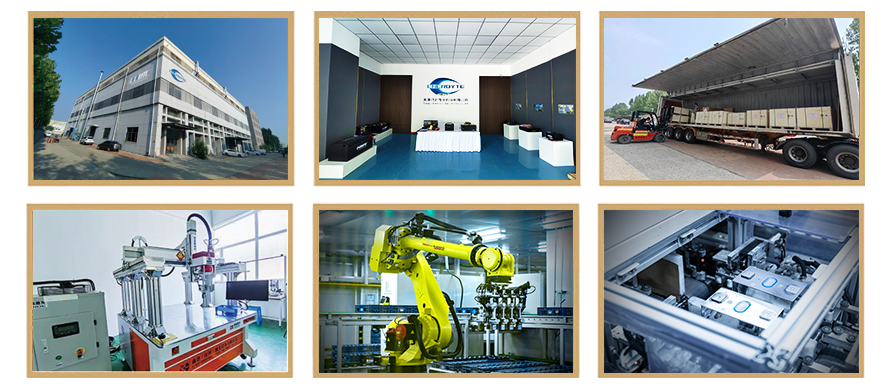
Years of experience in producing lithium batteries
Focus on the production of lithium batteries
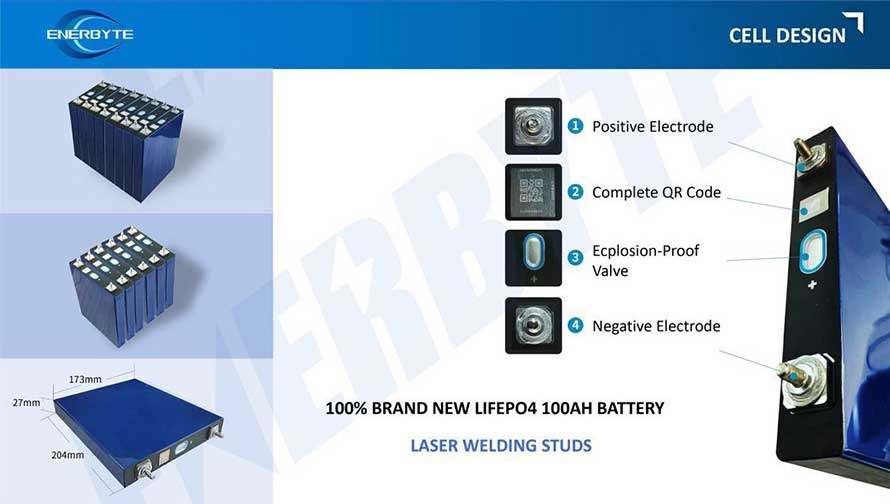
WE PROMISE TO MAKE EVERY LITHIUM BATTERY WELL
We have a comprehensive explanation of lithium batteries
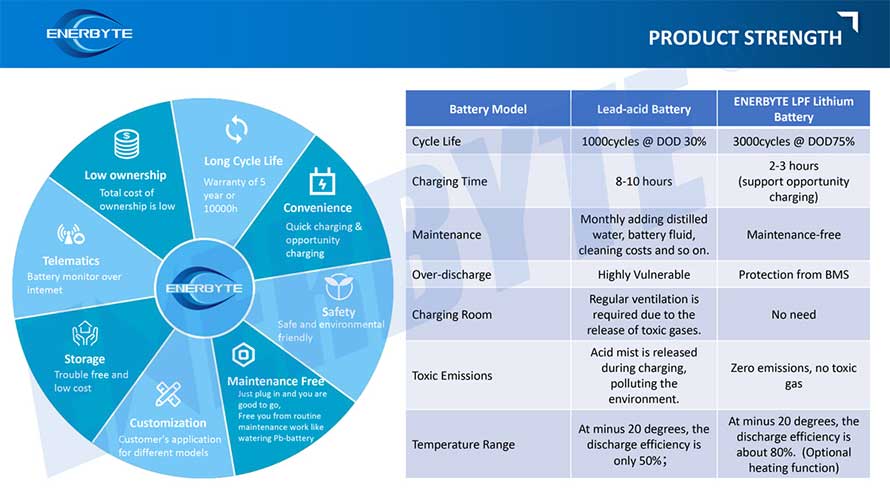
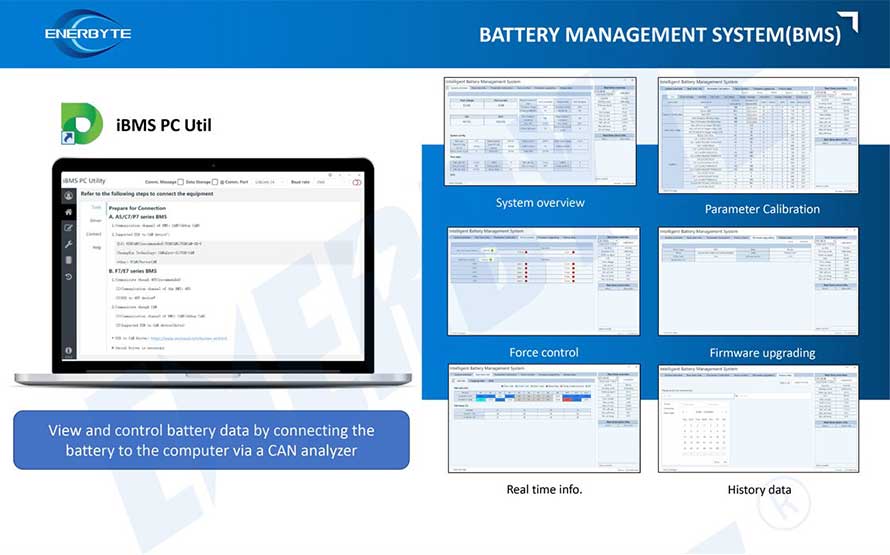
QUALIFICATION CERTIFICATE
THE QUALITY OF COMPLIANCE PROVIDES GUARANTEE FOR CUSTOMERS
MULTIPLE QUALIFICATION CERTIFICATES TO ENSURE STABLE PRODUCT QUALITY
Providing customers with professional and assured products is the guarantee of our continuous progress.
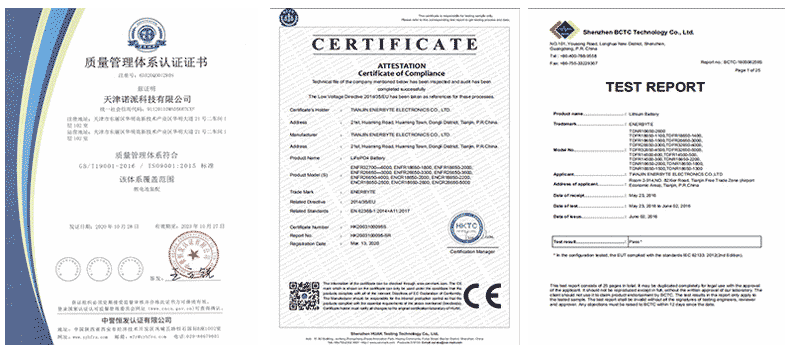
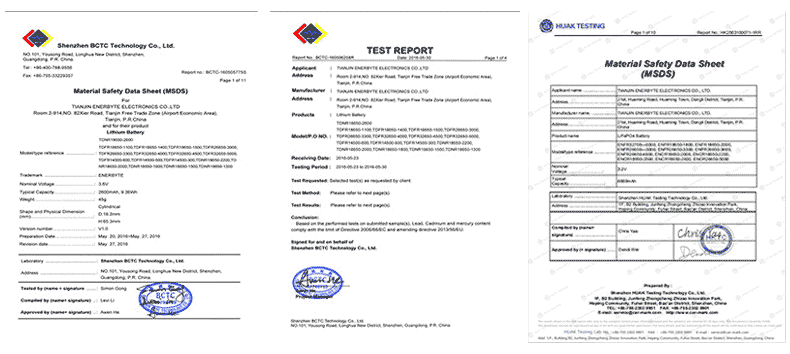
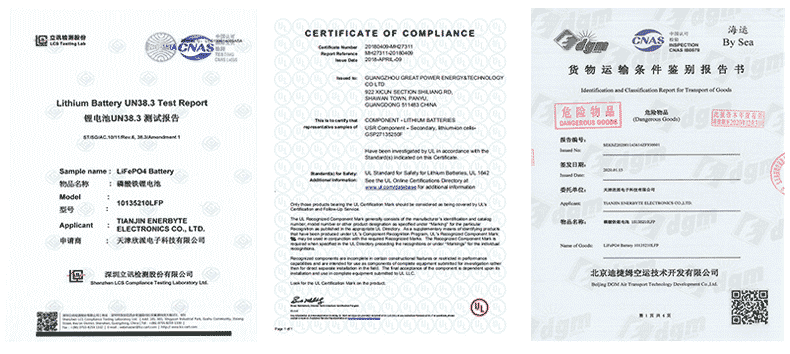

Applicable brands of our products


 Service hotline
Service hotline